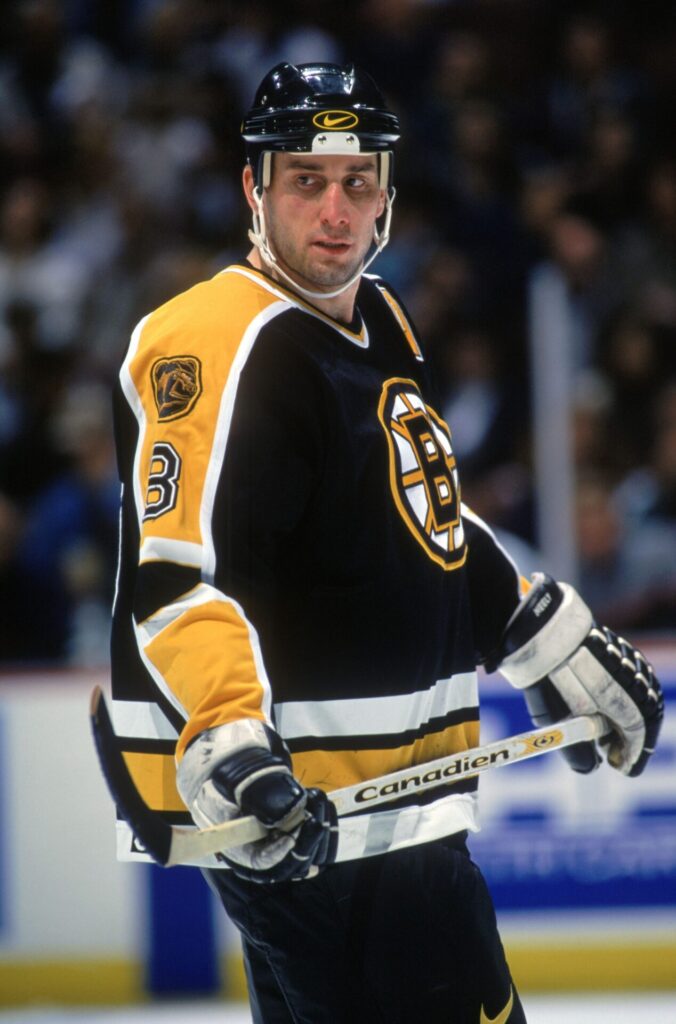
Neely has gone from power forward to president
BOSTON — You're 21, and life is good. You get to play in front of friends and family for the team you rooted for as a kid. And then one day — 25 years ago Monday, in fact — they call you in and say, “Pack up, son. You're going to Boston.”
Whoa.
“I certainly had no idea they were planning on trading me,” says Cam Neely, a native of Comox, and for the first three years of his NHL career, a member of the Vancouver Canucks. “It came out of the blue.” (As an added kicker, he was traded on his birthday.)
“Then I thought, ‘Boston? Wow. Can't get much better than that.' ”
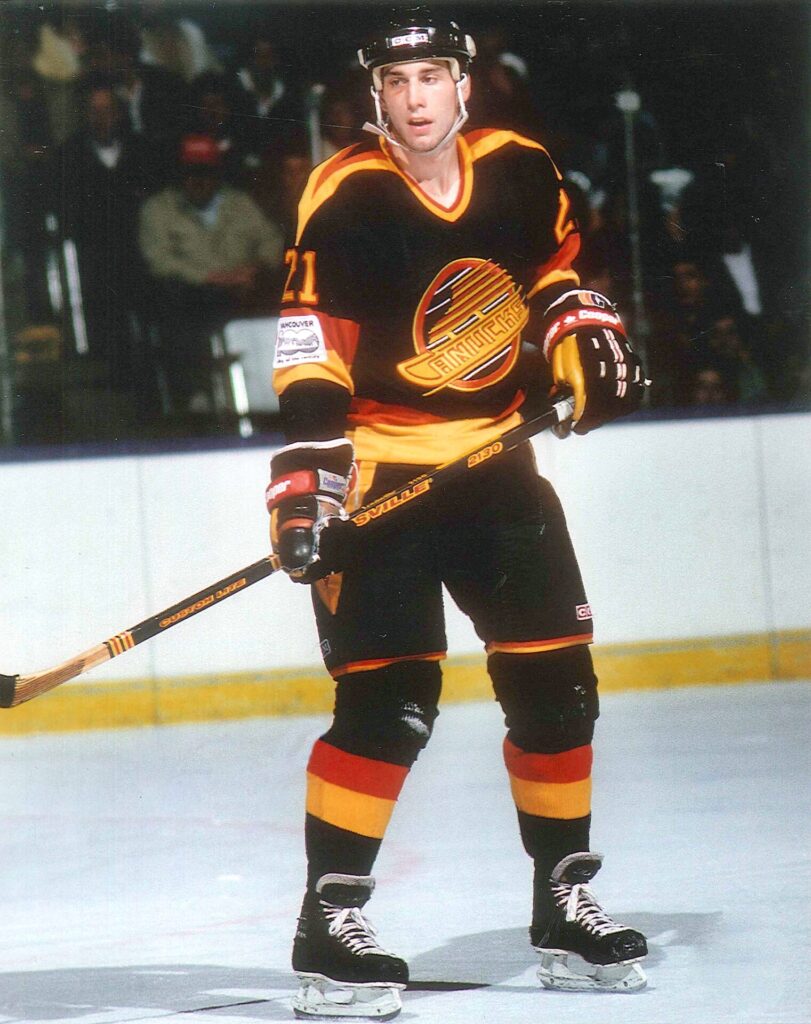
It's been all Boston, all the time ever since. First there was the unforgettable, if ultimately unfulfilled, career, ended far too soon by injury. Then there was an afterlife supervising the Cam Neely Foundation. And, since 2007, his front office work, first as a vice-president and for the past year or so president of the Bruins.
Yup, Cam's an official Suit, but far from an empty one. We outsiders are as yet unclear about the division of responsibility between himself and general manager Peter Chiarelli when it comes to personnel matters, but it's rather doubtful Neely would have signed on in a ceremonial capacity.
The deal bringing him to Boston was not met with universal approbation, for it meant the Bruins were parting company with 25-year-old Barry Pederson, who was not long removed from back-to-back seasons of 46-61-107 and 39-77-116, and who had put up gigantic numbers (14-18-32) in the 1983 playoffs.
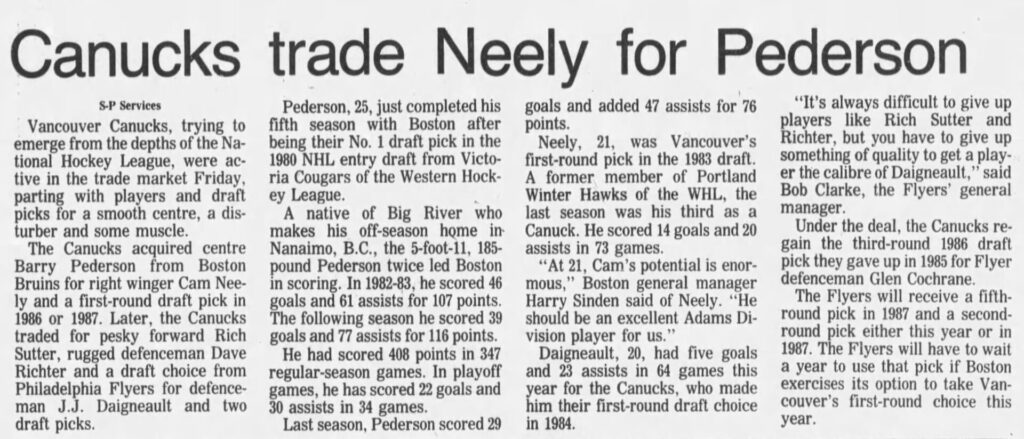
“Barry Pederson was a free agent, and we couldn't sign him,” explains Harry Sinden, who pulled the trigger on the deal. “Vancouver had never really done anything in the league, never had a decent year, and they were really interested in Barry Pederson.”
The Bruins were likewise very interested in Cam Neely.
“Once we decided to make a trade, they put three players on a list and we could have any one of them,” Sinden continues.
“My chief scout lived in Vancouver and knew a lot about Neely. We had Neely high on our list in his draft year. Even though he was on the bench in Vancouver (14-20-34 in 73 games), we had no hesitation making that deal.”
It was a relatively smooth transition, in part because the Bruins have traditionally been a welcoming organization and because of Neely's living arrangements. “I lived with a family, which was very beneficial for me,” he points out.
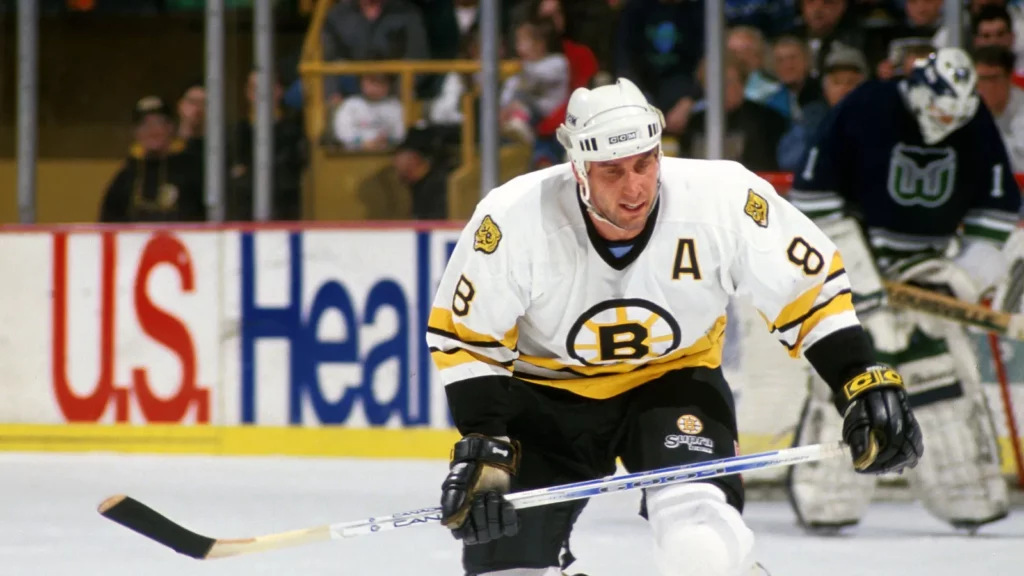
This much we know: Adding Cam Neely's name to the masthead was a sage public relations move on the part of the Jacobs family.
If we concede the top spot on the list of living sainted Bruins to that guy who used to wear No. 4, then the worst Neely falls on the chart is 2A to Ray Bourque's No. 2, and he may very well rank ahead of his old teammate. Around these here parts, people love Cam Neely.
And what wouldn't hockey aficionados give to see him back in action, chugging around North American finks, knocking enemy skaters on their keisters before depositing pucks into the net? He was a very rare combination of power and finesse, an enforcer type with a deft finishing touch, and it accounted for 344 of his 395 regular-season goals in a decade wearing the Black and Gold, plus 57 goals in the playoffs (55 with the Bruins). Three times he cracked the 50-goal barrier, with a high of 55 in 1989-90.
Leave it to Sinden, a savvy crossover sports fan, to come up with a label to describe his high-scoring tough guy. “He's a power forward,” Sinden proclaimed. Henceforth, all the pseudo-Neelys have been given that designation, not that anyone has really matched his singular approach to the game.
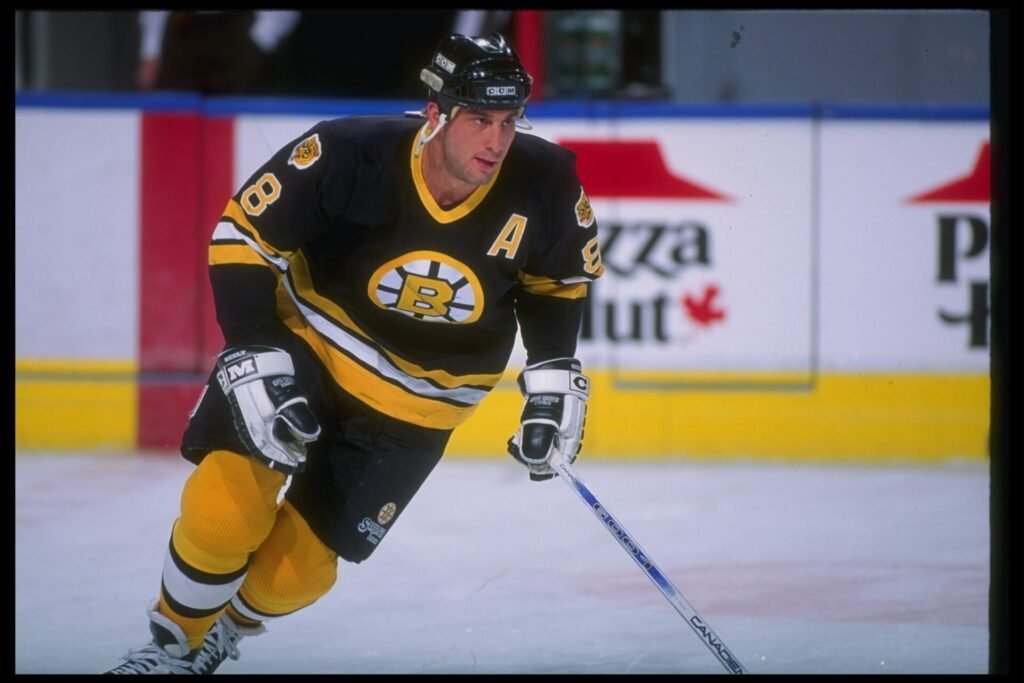
“That was cool of Harry to hang that one on me,” Neely says. “He stole it from basketball, but it's nice to be remembered that way.”
Knee and hip injuries, plus the thigh calcification caused by the infamous Ulf Samuelsson cheap shot, restricted him to 22 games in one two-year period at the peak of his career. He returned in 1993-94 to score 50 goals in 49 games, but he was done two years later. Like Bobby Orr, he was finished at 30. Quelle horreur!
Being forcibly retired at 30 does not do wonders for the disposition of a highly competitive, extraordinarily skilled athlete.
“It was very difficult,” he recalls. “That's why I had to get away from the game for a while.” He says it wasn't until he reached his late 30s that he was finally at peace with the idea that he was no longer going to be an active hockey player.
Retiring his No. 8 was pretty much a given, but what really helped temper the lingering “What-If?” feelings emanating from his premature departure from the game was his 2005 induction into the Hockey Hall of Fame.
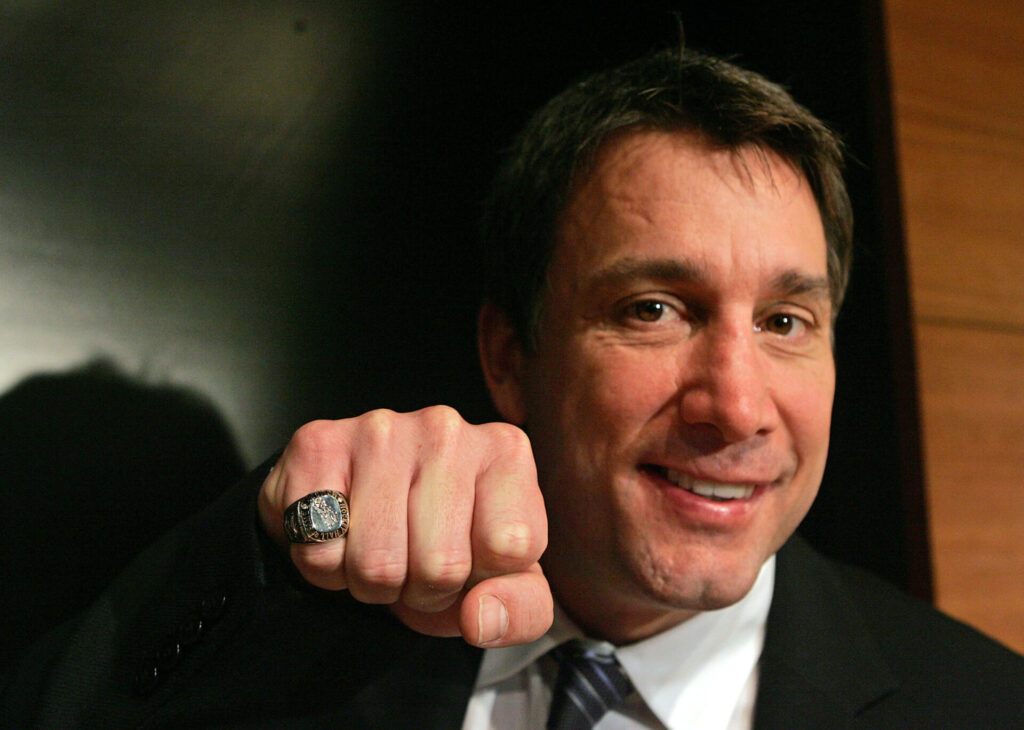
“It was a great honour to be recognized that way,” he says, “since I didn't really have the numbers others have. But I did have the power forward tag and I did have good playoff numbers.”
Right now, Neely is in a great place. He's got his foundation, his family, and his position with the Bruins, a team with a bright immediate future.
“The deal worked out,” declares Sinden. “It's still working out today.”
BY BOB RYAN The Boston Globe
